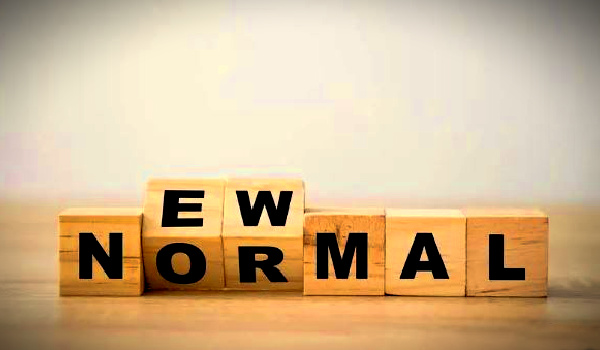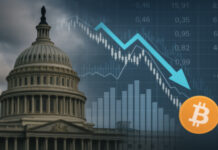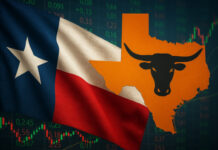“Normals” are getting confusing.
New normal, old normal ‘expected’ normal. Actually, what is “normal?” If you know the answer to that you qualify to be a pure genius. And, if you consider yourself “normal” we may have to revoke your pure genius status.
So really, what is the “new normal?” It may very well be the “old normal.” Confused?
Over the past 15 (plus or minus) years or so the financial landscape was considered to be in the “new normal.” In order to “save” the world from total financial collapse central banks flooded the globe’s financial system with money. Buying bonds (corporate and government), driving interest rates to zero (or negative), encouraging investing in risky assets and pledging to do “whatever” to ensure things didn’t collapse. The “Fed put” was considered a sure thing to keep financial markets soaring and making sure nothing would go wrong. Risk was a thing of the past. The “new normal.”
Well, as you might expect, the “new normal” created distortions and a multitude of unexpected and unforeseen consequences. Inflation, shortages, employment distortions, housing prices and almost everything in everyday life seemed to have taken on a new………normal. So it’s not really surprising that as the Fed tackles these (self-induced) “unforeseen consequences” that another type of normal will emerge. Maybe the “old normal.”
So what is the “old normal?” The first thing that comes to mind (and the Fed’s) is to reduce inflation. Their primary tool to accomplish that is to raise interest rates, tighten credit and reduce demand, thus (hopefully) encouraging prices to fall. The “old normal” calls for interest rates to actually be a couple BPS above the rate of inflation. So (example) if inflation runs at 3%, interest rates should be roughly 5% and so on and so on. No more Fed rushing to reduce interest rates just to stimulate the economy or support financial markets. Higher rates encourage saving and less risk-taking, theoretically fostering more stability. A basic description to be sure.
Alas, it seems that replacing the last few years “new normal” with the “old normal” (which would then be the “new new normal”……follow that?) has not been fully accepted yet. Many investors are still hoping the Fed will come to the rescue and cut interest rates at the first sign of trouble. That is so last 15 (plus or minus) years.
So lets concentrate now. The “new normal” of the past 15 years will now become the ” old new normal” with the “old normal” now set to become the “new normal.” Its also a pretty sure bet that there will be plenty of thoughts and forecasts of what the “expected normal” will be.
Got it? But I digress, what IS normal?







